The Dazzling Forest
The Magical Effect of Rain
BIRDSSQUIRRELS
Aniruddha Bhattacharya
8/20/20242 min read
Jhalana Leopard Reserve | Pics -1 2 5 6 & 7 : Female Shikra | Pic - 3 & 4 Eurasian Hoopoe | Pic - 8 : Common Squirrel
I was in Jhalana during the rains last year. Well, I expected the rains to be over by the time I got there but half my safaris there were washed out. I was already booked, so. I chose to go then because I wanted the forest to be green and Rajasthan isn’t green for too long.
My last day there, I decided not to abandon the safari and waited it out in a tea stall as it wasn’t pouring down as hard. When we went back into the forest, I felt my mood brighten up immediately. There was something in the air. All of us were chattier than you’d expect given the situation. All our moods had been adjusted for the better. It was in the air all right. It was all around.
I had experienced short showers in the forest before and seen how everything is cleaner after a shower, but this was fantastically new. There was a glow all around. It was like being under natural neon light. It felt magical. There weren’t many subjects around but whatever I did catch has that magic.
So apparently, the increased vibrancy of colors in trees after rain is primarily because water droplets act as tiny lenses, magnifying and refracting the light that hits the leaf surface. This magnification and refraction of light enhances the perceived intensity and saturation of the colors.
The wet leaves also tend to have a smoother surface, which reduces the scattering of light. In dry conditions, the leaf surface can become slightly uneven, causing the light to scatter and reducing the overall color intensity. The presence of water on the leaves creates a more uniform surface, allowing more light to be reflected back without scattering.
Additionally, the diffusion of light by clouds also plays a role in the increased vibrancy of colors. Clouds tend to scatter shorter wavelengths of light (blues and violets) more effectively, allowing more of the longer wavelengths (reds, oranges, and yellows) to reach the leaves. This shift in the balance of light frequencies can make the greens, reds, and other colors in the leaves appear more vivid and saturated.
Also, the wet leaves appear more reflective, further enhancing the perceived brightness and contrast of the colors. The water on the leaves can act like a natural "polish," creating a glossy surface that reflects more light back to the observer.
My note to self after this experience :
"Always go back to the forest after the rain. It’s a dazzling, brilliant, fairy taleish place then that most people will never see in their lives”.
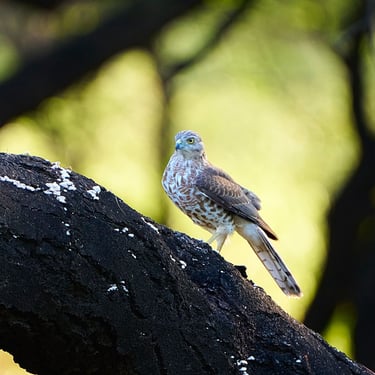
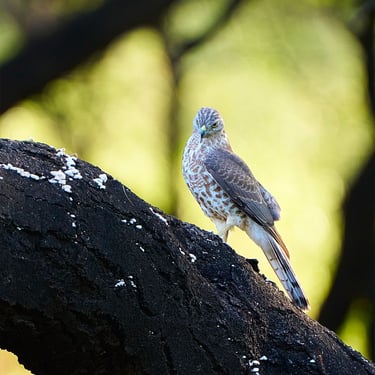
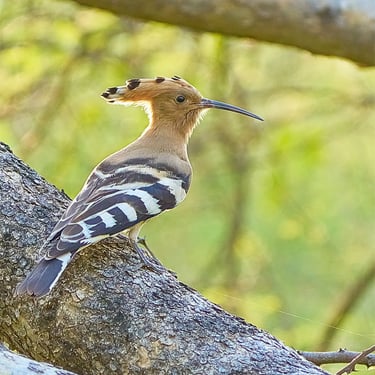
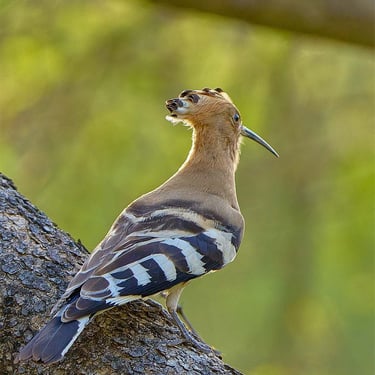

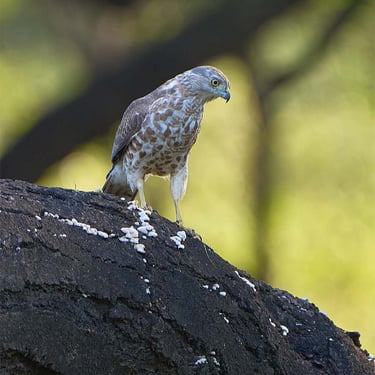
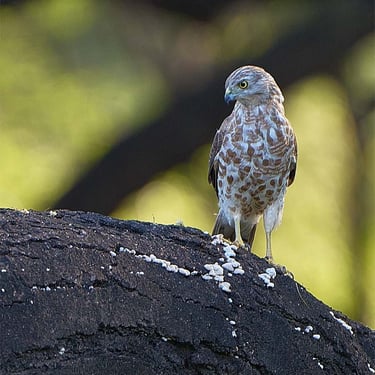
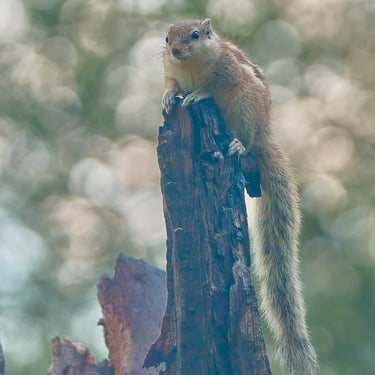
© 2025. All rights reserved.
